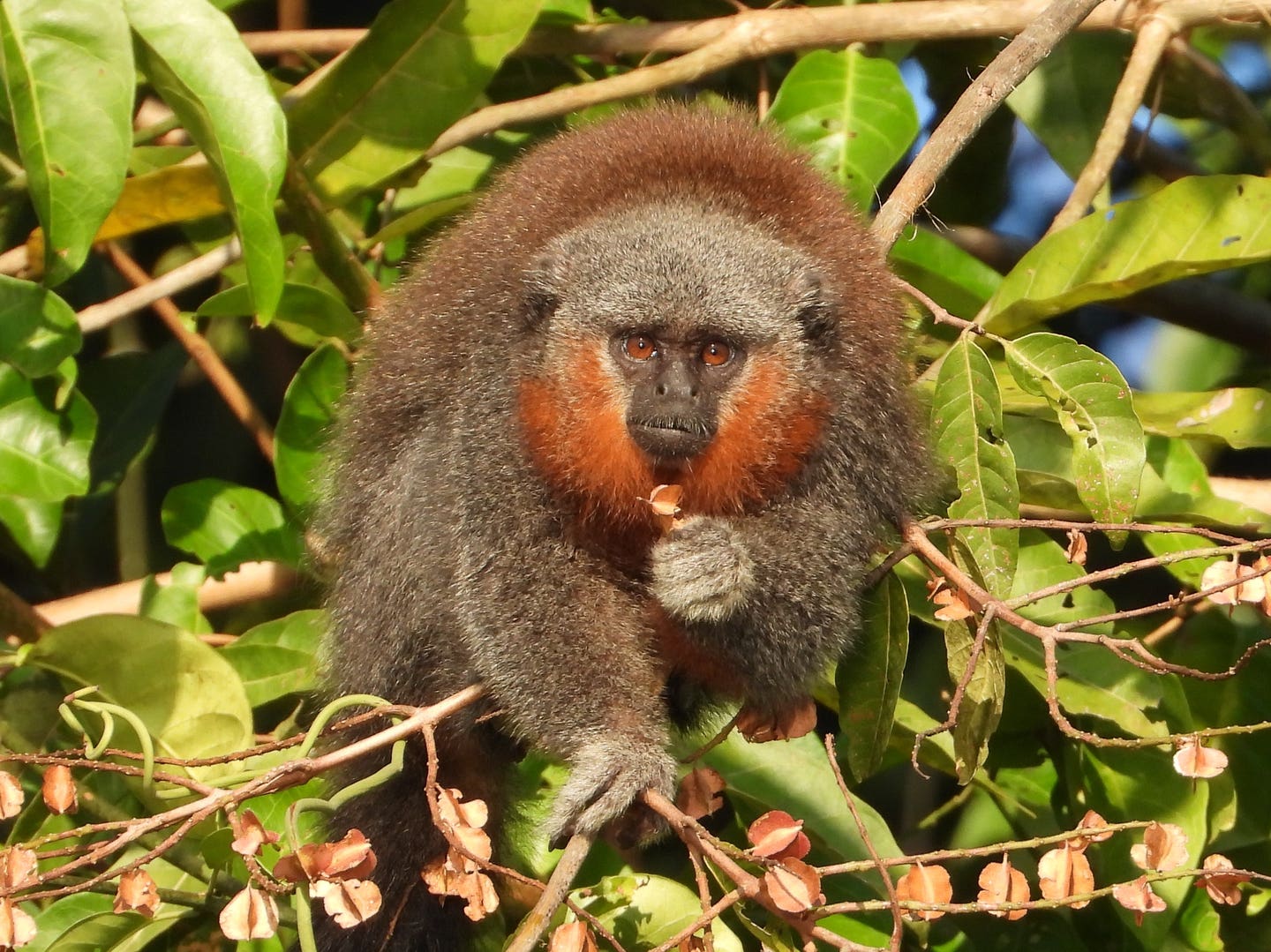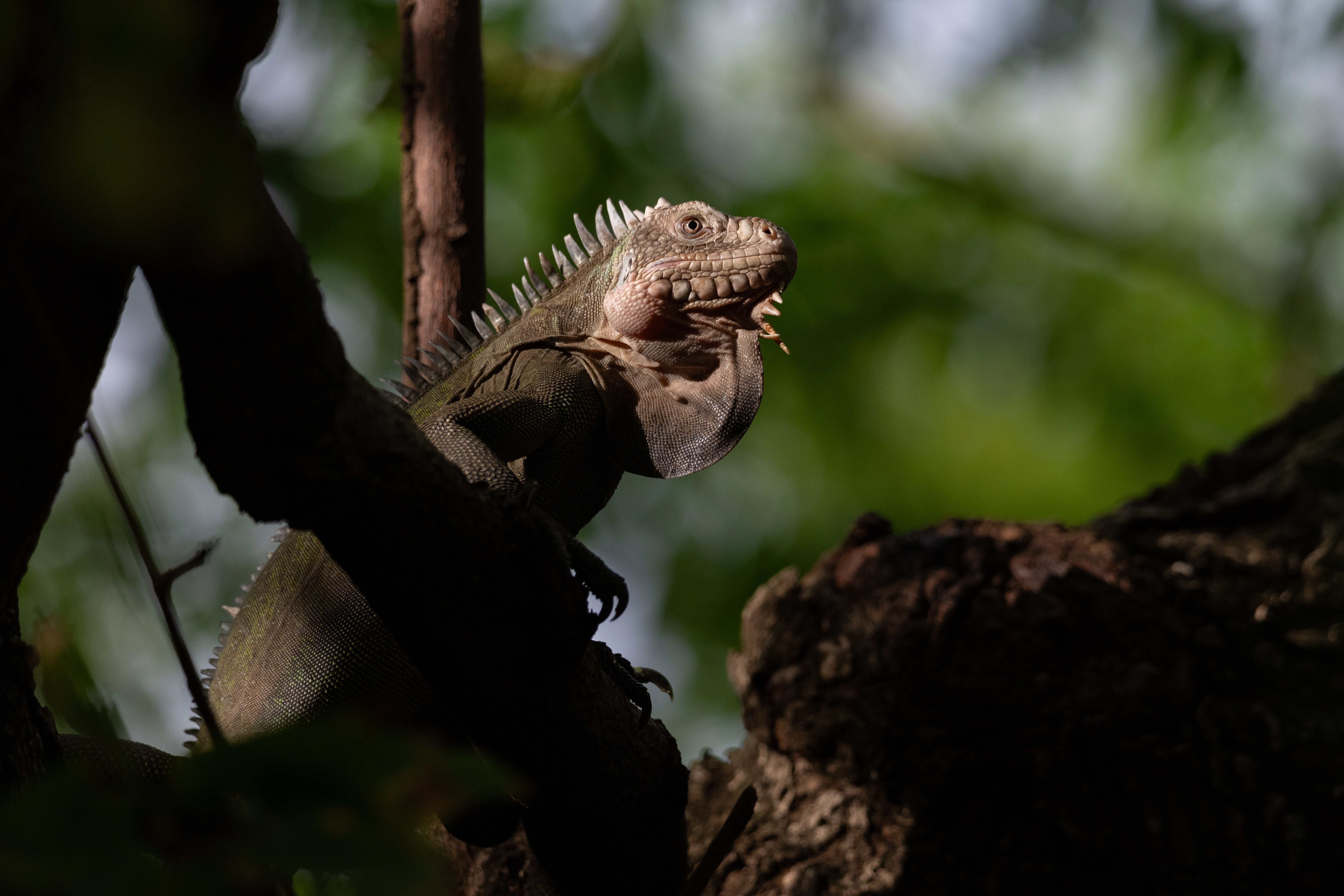Just four years after researchers identified the Mato Grosso titi monkey (also known as the Groves’ titi monkey) as its own species, the small monkey has been named one of the 25 most endangered primates in the world, according to a new report, “Primates in Peril 2022-2023,” launched today, August 30, in Sinop, Mato Grosso, Brazil, at the 19th Congress of the Brazilian Society of Primatology. The titi monkey is one of four species on the list from Brazil, which is home to more primate species than any other country in the world.
“It seems only fitting for this list to be launched today in Brazil, where not only do we have an incredibly diverse set of primates, but a passionate and growing group of Brazilian primatologists working on the animals’ conservation,” said Gustavo Canale, president of the Brazilian Society of Primatology and vice-chair of the IUCN SSC Primate Specialist Group for Brazil and the Guianas. “We’re interested in sharing our experiences, advances and conservation methods across regions to improve the knowledge of and situation for primates in Brazil and all around the world.”
The critically endangered Mato Grosso titi monkey was described in 2019 by a group of researchers including Re:wild’s Chief Conservation Officer Russ Mittermeier and Primate Conservation Director Anthony Rylands. The small, two-pound monkeys live in the Brazilian Amazon and in the region where the Amazon overlaps with the Brazilian Cerrado ecosystem, which is one of the planet’s most threatened biodiversity hotspots. Like other members of its genus, this species is monogamous, the pairs perform duets and intertwine their tails when they are together, and the males provide much of the infant care.
The biggest threat to the Brazilian Amazon is deforestation by the cattle industry, both for pastures and feed crops (primarily soybeans), and the Mato Grosso titi monkey lives within the largest area of deforestation. In addition, members of the Mato Grosso state legislature are trying to pass an ordinance that would exclude the state from requiring landowners to protect 80% of their native Amazonian vegetation. If the ordinance goes through, many southern Amazonian species, including the Mato Grosso titi monkey, would be at even higher risk of extinction.
“We hope that the inclusion of the Mato Grosso titi monkey on the world’s 25 most endangered primates list is a wake-up call to the lawmakers of Mato Grosso who have the opportunity now to instead protect this endemic species,” said Leandro Jerusalinsky, head of the National Center for Research and Conservation of Brazilian Primates. “The Mato Grosso titi monkey is the perfect candidate to become the flagship species for Mato Grosso and there is no doubt that by conserving this species, other wildlife, including threatened primates, will benefit.”
Brazil is one of four countries—also including Madagascar, Indonesia and the Democratic Republic of the Congo—that are critically important for primate conservation from a global perspective. While primates live in 91 countries, these four nations harbor 67% of the world’s 510 primate species—including 230 species found nowhere else in the world.
The other species on the list from Brazil are the Ka’apor capuchin, which is found only in the Eastern Amazon and has made this list three times before; the brown howler monkey, which is also from Argentina (and driven to near extinction there) and has been on this list four times before; and the buffy-headed marmoset, which is found only in the Atlantic Forest and on the list for the first time. The threats to these species span deforestation as the result of agriculture, cattle ranching, logging, urban expansion, disease, and hybridization with invasive species.
While conservation efforts are currently in place for each of these species, conservationists are now starting to look at how best to mitigate the threats to the Mato Grosso titi monkey and develop a plan for its protection, including law enforcement at Juruena National Park, the largest protected area for the species.
The biennial ‘Primates in Peril’ report, which is a collaborative effort of the IUCN SSC Primate Specialist Group, the International Primatological Society and Re:wild, outlines the 25 most endangered primates based on the passionate nominations of primate champions from four regions of the world: Africa, Madagascar, Asia and the Neotropics. Primates include not only monkeys but also apes, lemurs, lorises, galagos, and tarsiers.
With 43 percent of the world’s primates classified as critically endangered or endangered by the IUCN Red List of Threatened Species, the primates listed in the ‘Primates in Peril’ report represent those most in need of conservation action and most likely to benefit from the publicity that results from the release of the report. In the case of Brazil’s northern muriqui monkey and golden lion tamarin, for example, inclusion in the report historically helped spur and unlock support for conservation action.
This 2022-2023 list includes six species from Africa, four from Madagascar, eight from Asia, and seven from the Neotropics. Eight species are on the list for the first time, while the remaining 17 have been listed in previous versions of the report. One species, the golden-headed langur from northern Vietnam, has been on all 11 reports, but its presence in the report has helped bolster conservation efforts that have resulted in the reversal of its population decline in recent years.
“Just because a primate ends up on the ‘Primates in Peril’ list doesn’t mean that the situation is hopeless,” said Mittermeier, who is also chair of the IUCN SSC Primate Specialist Group. “In fact, our goal with the report is to highlight those species, like the Mato Grosso titi monkey, where there are conservation opportunities. We hope this report helps spur the necessary resources, research and political will to reverse the decline of these species, those they share their home with, the ecosystems in which they live, and the health of the planet overall.”
Additional quotes
Rodrigo Medeiros, Re:wild senior Brazil associate “With the Brazilian Amazon Rainforest and Atlantic Forest under the ever-growing threat of deforestation from agriculture, logging and cattle ranching, we need to take action for the species on the list this year and to prevent other Brazilian primates from making the next report. With the upcoming elections in Brazil, the country has the opportunity to lead the world in putting an end to deforestation to the benefit of all life on Earth.”
Fabiano Melo, past president of the Brazilian Primatological Society, professor at the Universidade Federal de Viçosa, and vice-chair for Brazil and the Guianas of the IUCN SSC Primate Specialist Group “Launching this edition for the first time in the country is justified by the presence of the Brazilian primates on almost all these lists, and this highlights not only the level of threat to our amazing primate richness, but also the huge efforts that our primatological community is carrying on to learn more about them and save them from extinction.”
Karen Strier, pastpresident of the International Primatological Society and Vilas Research Professor at the University of Wisconsin-Madison “The 'Primates in Peril' reports are essential for raising awareness about the plight of the world’s most critically endangered primates and for galvanizing conservation efforts on their behalf. Launching the 2022-2023 report at the Brazilian Society of Primatology meetings could not be more appropriate, not only because of the megadiversity of Brazilian primates, but also because of the tremendous capacity and commitment of the Brazilian primatologists.”
# # #
Photo: The Mato Grosso titi monkey. (Photo by Leandro Jerusalinsky)
Re:wild Re:wild protects and restores the wild. We have a singular and powerful focus: the wild as the most effective solution to the interconnected climate, biodiversity and human wellbeing crises. Founded by a group of renowned conservation scientists together with Leonardo DiCaprio, Re:wild is a force multiplier that brings together Indigenous peoples, local communities, influential leaders, nongovernmental organizations, governments, companies and the public to protect and rewild at the scale and speed we need. Learn more at rewild.org.
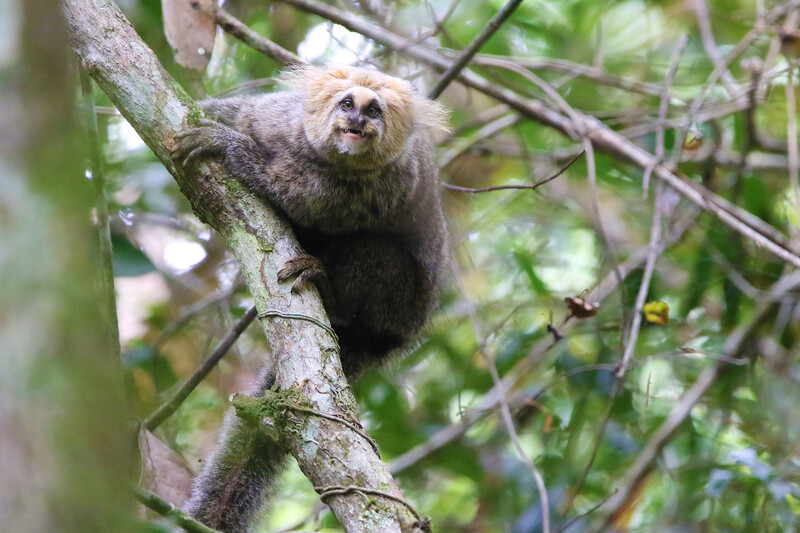




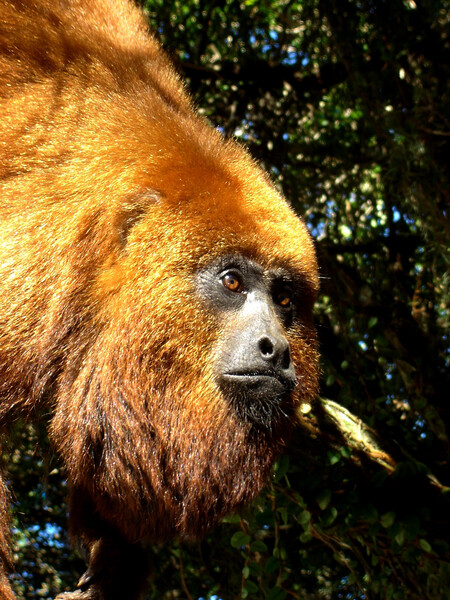


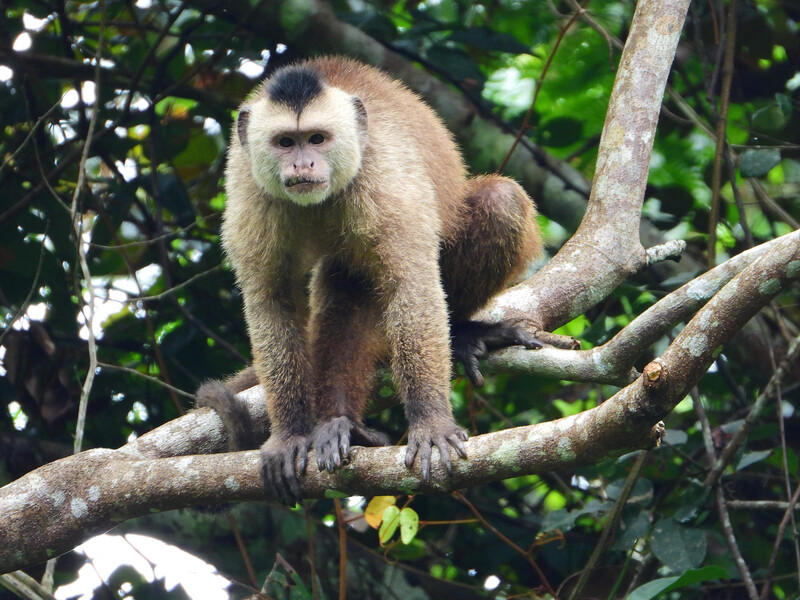

Devin Murphy
Writer
Devin Murphy is Re:wilds’s senior communications specialist and helps Re:wild and its partners tell stories about the work they do to protect wildlife and wildlands around the planet. Her favorite stories about conservation include fascinating and little-known species and the dedicated humans protecting them.

